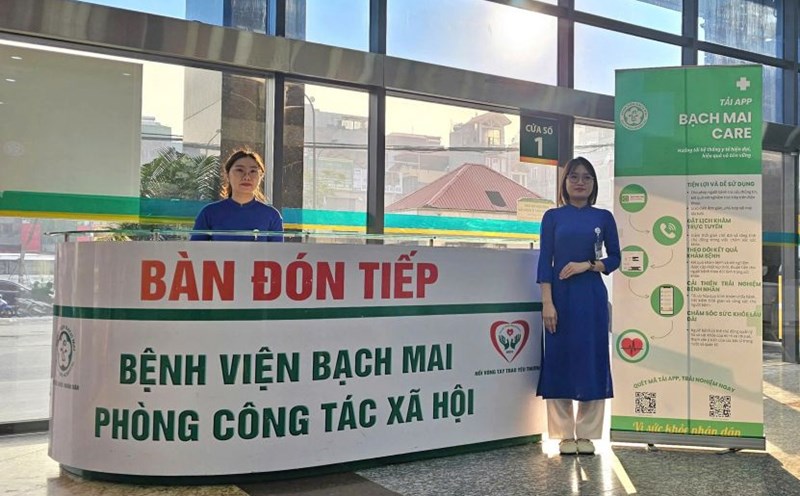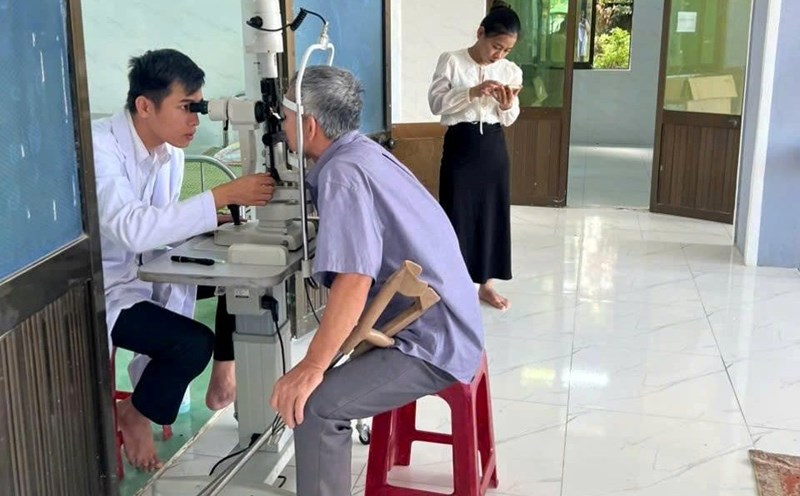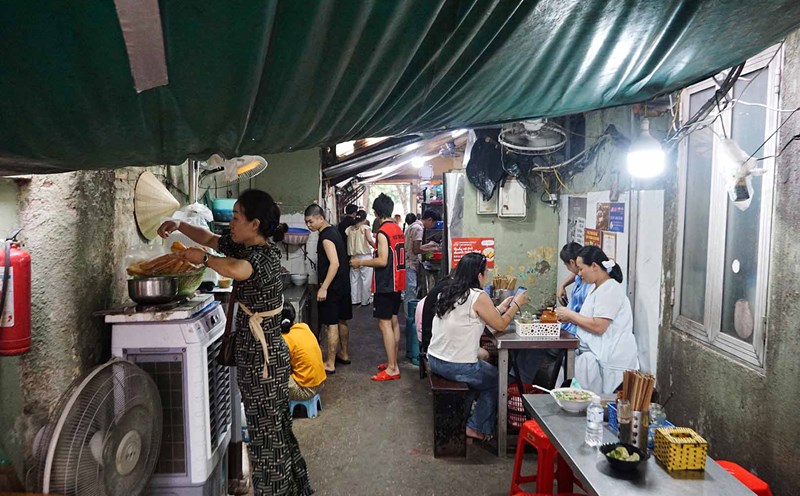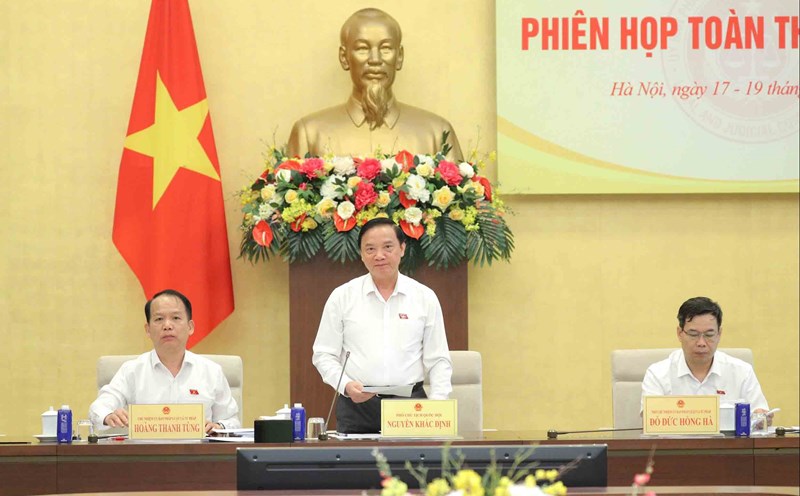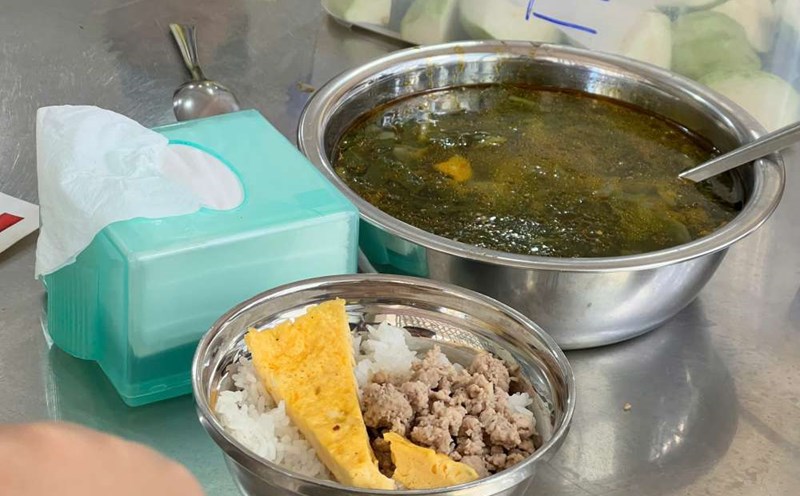People reduce the burden of disease and costs thanks to free medical examination
Dr. Tran Van Khanh, Director of Le Van Thinh Hospital, said that currently, health insurance has covered about 93-94% of the population, but there are still many vulnerable groups such as freelance workers, near-poor people, and people in remote areas who have not participated.
According to him, the free medical examination and treatment can be implemented step by step: Short-term focus on the poor, children, and the elderly; medium-term target to the entire population when health insurance reaches 100% coverage. To do so, it is necessary to increase health budget expenditure (currently only about 7% of total budget expenditure), improve the health insurance payment mechanism, the State budget, and apply information technology to control service abuse. The benefits are clear: People reduce costs, access services early; society strengthens fairness and peace of mind; the economy benefits from a healthy workforce.
Mr. Khanh also proposed adding a periodic health check-up package once a year to health insurance, helping to detect diseases early, reduce severe treatment costs and at the same time ensure a stable source of income for medical facilities.
As for end-line hospitals, Dr. Diep Bao Tuan - Director of Ho Chi Minh City Oncology Hospital - said that in Vietnam, each year, more than 180,000 new cancer cases and more than 120,000 deaths are recorded (according to GLOBOCAN 2022), which has become a major burden for the health system and society. If cancer is detected as soon as possible, treatment will be effective and cost-effective. Therefore, having regular and free health check-ups every year will help detect cancer and many other diseases early. Thereby, reducing treatment costs, increasing treatment effectiveness, and reducing mortality rates from diseases.
Need to optimize public system capacity
Major General, Associate Professor, Dr. - People's Doctor Nguyen Hong Son, former Director of Military Hospital 175 (HCMC) expressed his opinion that it is necessary to recognize Resolution 72 as not only a health policy but also demonstrating the ideology of the Party and State in caring for people's lives. However, from the Resolution to reality is a very long process. That is the story of institutions from the National Assembly, the Government, ministries, departments, branches to each locality, each grassroots. Each level and industry must be proactive and creative to build solutions suitable to specific situations.
Taking Ho Chi Minh City as an example, Associate Professor, Doctor, Doctor, People's Doctor Nguyen Hong Son said that this is a super-city with strong medical infrastructure, universities, and strong public-private hospitals. If it is well exploited, this will be an opportunity to reorganize a comprehensive and modern health system. Mr. Son said that there are 3 strengths that Ho Chi Minh City needs to promote. First, public health: It is necessary to optimize the capacity of the public system, invest reasonably and allocate resources effectively. Second, private health: Strongly mobilize the participation of private health care but it is necessary to design a coordination mechanism and clear standards to ensure equality with public health care. Third, the combined military-civilian forces: This is a special strength, which needs to be expanded and promoted as a component of the community health system. To do this, we need a proactive, flexible management, command and operation system, along with good facilities and a team of high-quality human resources.
An important part of the health strategy is to build a family doctor system, creating a network of health gateways for people from the grassroots. Private circulatory system must be integrated and transformed into satellite points of the health system, with support mechanisms from health insurance, medicine and clear responsibility according to the area under their charge. This is preventive medicine, the foundation to reduce the burden on upper-level hospitals and improve the quality of public health.
In addition, the out-of-hospital emergency system needs to be modernized and diversified. For waterways, the river and canal system will be used to deploy emergency stations and high-speed boats to transport patients from remote areas. For air routes, use helicopters and aim to exploit low-level aerial vehicles (UAVs) to transport equipment, transplanted organs, and emergency care. It is necessary to reform health insurance to ensure equality in medical examination and treatment, not allowing inequality between the public and private sectors, between all classes of people.

